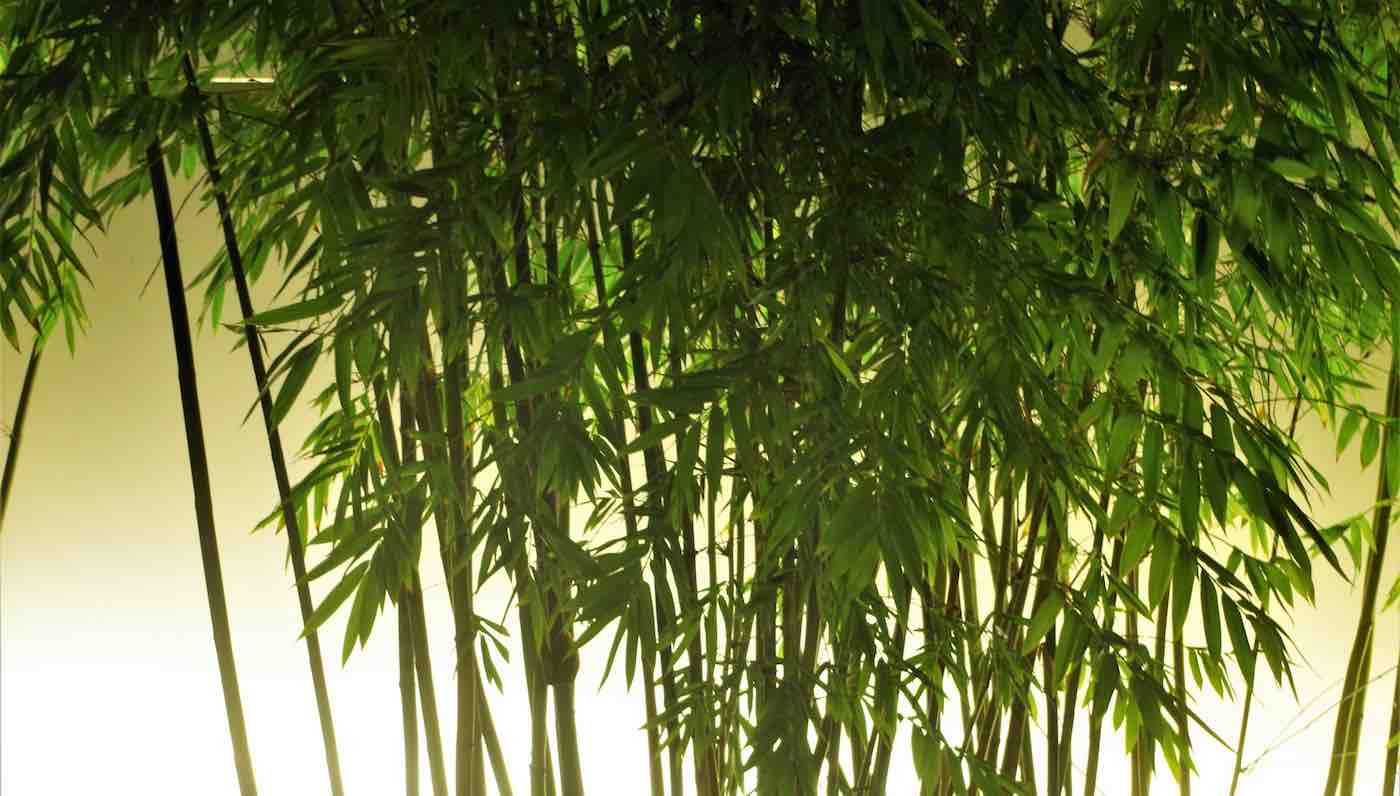As a nation made up of 17,000 islands, one of Indonesia’s most challenging problems in the 21st century has been modernizing her electric grid.
But now on the island of Siberut, some electricity-starved hamlets are sustainably developing their own energy by relying on a material that has been part of their lives for thousands of years: bamboo.
According to Jaya Wahono, CEO of Clean Power Indonesia (CPI) there are around 50,000 villages that don’t have reliable access to electricity. But in 1,200 households in 3 villages on the remote Mentawai Islands where CPI has set up their test bio-electric plants, people are enjoying reliable power for the first time ever.
The Center for International Forestry Research continues saying that “bamboo harvesting provides jobs, and also allows farmers to diversify their income streams, reducing their vulnerability to crop failure and helping them adapt to climate change”.
An Ancient Technology
For the peoples of the Indo-Pacific, bamboo can truly be called the tree of life.
Young bamboo shoots are a local staple. Various structures like scaffolding are made of bamboo to protect them from earthquakes, the fibers can be woven together to make everything from clothing to baskets, and dry or dead bamboo is a ready source of firewood. Indigenous Indo-Pacific communities use bamboo for everything—including making spears, rafts, and even pipes.
RELATED: Toronto Garbage Trucks Will Soon Be Powered by Biogas From the Very Food Scraps That They Collect
According to early modeling on the viability and cost-benefit of these bio-electric power plants, merely 750 acres (300 hectres) of bamboo forest are needed to power one plant that provides 700 KW—the equivalent of 48 gallons per day of the expensive and unreliable diesel fuel many villages use currently.
Bamboo > Palm Oil
Biomass-energy production in Indonesia has had some success, but the main crop used until now has been palm oil. Though palm oil has contributed significantly to the economy of nations in the Indo-Pacific where the trees can grow best, the destructive effects of their cultivation are well-documented.
Bamboo grows well on land that has been degraded over time—especially peripheral land on the edge of roads and fields—and requires minimal water or fertilizer input.
MORE: New Power Plant Turns Waste into Energy—and Doubles as a Ski Slope and Climbing Wall
Rather than clear-cutting virgin tropical rainforest as has been generally required of palm oil plantations, local bamboo thrives alongside other crops in forestry and agroforestry systems, without overtaking them. Furthermore, bamboo grows fast; really, really, really fast. Some species can grow up to three feet a day (one meter); and as such there’s no need to chop whole forests down and start again when it’s harvest time.
Requiring brief trimming every season, bamboo can actually become more productive while preventing soil erosion, and ensuring wildlife habitat as well as energy production.
Looking Forward
Indonesia’s 2045 pledge for electrifying the country involves tripling the power output for their citizens and providing energy for the last 10% of the country that doesn’t have regular access to electricity.
CHECK OUT: First Fully Rechargeable Carbon Dioxide Battery is Seven Times More Efficient Than Lithium Ion
According to the cost-benefit-analysis from Indonesia Defense University, every $1 million investment by CPI in bamboo bioelectric plants will see 100% returns in 16 years, and 65% net earnings by the Indonesia national deadline of 2045.
While nations around the world plan how to equip their infrastructure for the changing climate, Indonesia might have found their path into the future by looking back into the past.
Power Up With Positivity By Sharing The Good News To Social Media – File photo by Joey Zanotti, CC





















It’s good they replant bamboo but I don’t think they need to worry about the GW angle too much…